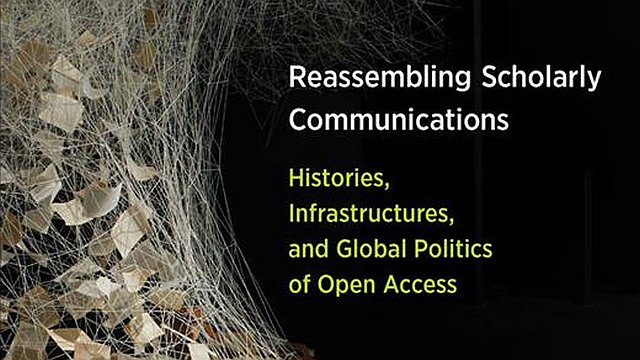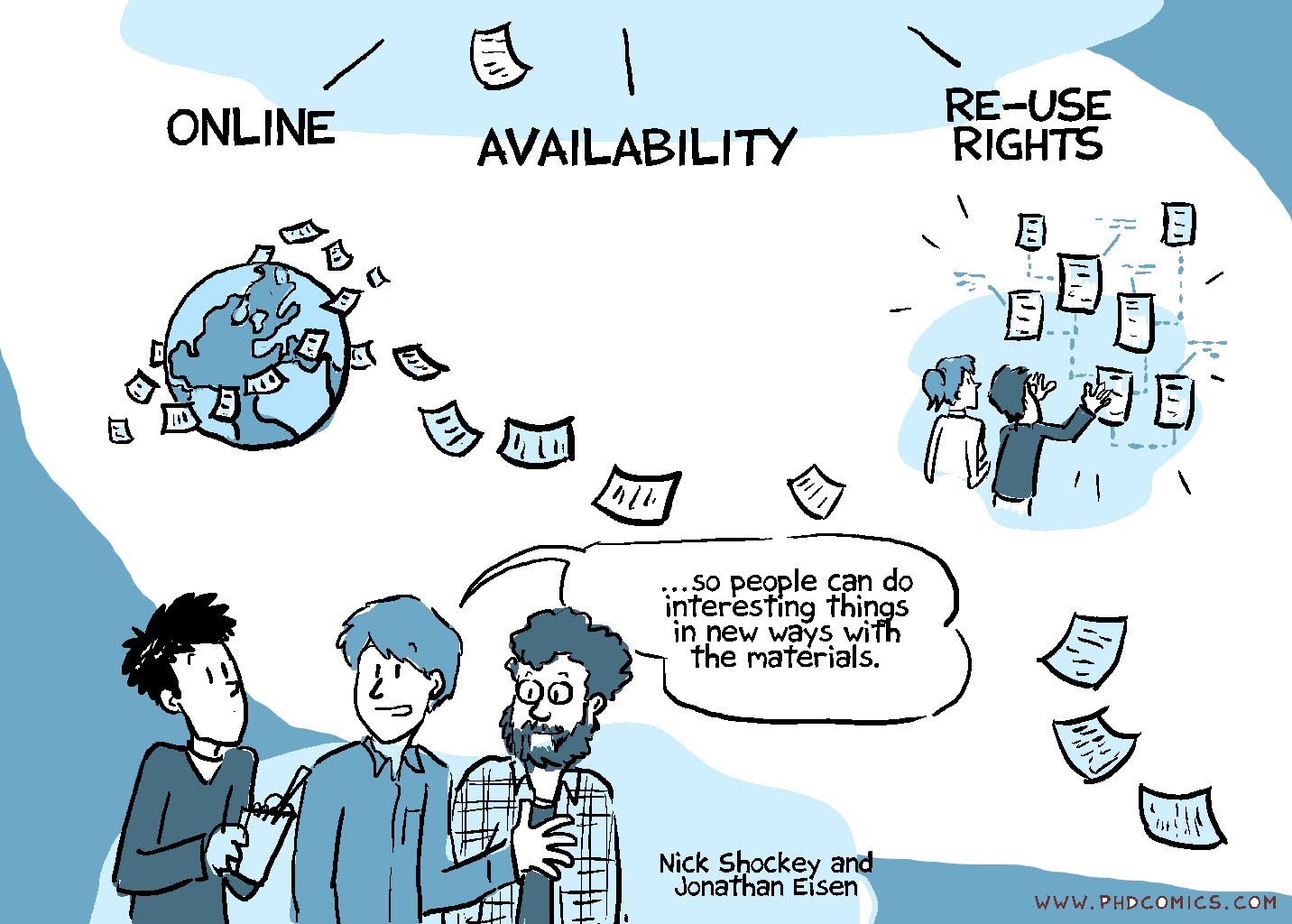
Some notable developments in open information
Common forms of “open” information include open source software, open data, open access research findings, and open science, where there is openness through the whole research process.
Previous RealKM Magazine articles have explored these various forms of open information and issues associated with them, for example the global state of open data, open access trends in 2017, and the challenges involved in open science. We have also looked at a proposal for open knowledge to be a next step.
Open information and the infrastructure to support it are developing rapidly. In recent days, there have been some notable developments: an analysis showing nearly half of recent research papers are now open access, the release of Wikimedia 2030, and the launch of Thesis Commons.
A large-scale analysis of the prevalence and impact of open access articles
Times Higher Education reports the findings of a new analysis1 of the prevalence and impact of open access articles. The study used three samples, each of 100,000 articles, to investigate open access in three populations: all journal articles assigned a Crossref digital object identifier (DOI), recent journal articles indexed in Web of Science, and articles viewed by users of the Unpaywall open source browser extension.
The findings are:
- It is estimated that at least 28% of the scholarly literature is open access and that this proportion is growing, driven particularly by growth in gold2 and hybrid3.
- The most recent year analyzed (2015) has the highest percentage of open access (45%). Because of this growth, and that readers disproportionately access newer articles, Unpaywall users encounter open access quite frequently: 47% of articles they view are open access.
- The most common mechanism for open access is not gold, green4, or hybrid open access, but rather an under-discussed category the study authors dub bronze: articles made free-to-read on the publisher website, without an explicit open license.
- Open access articles receive 18% more citations than average, an effect driven primarily by green and hybrid open access.
Wikimedia 2030 draft strategic direction
The Wikimedia movement is the totality of people, activities, and values which revolve around Wikimedia sites and projects including Wikipedia, which has grown into one of the world’s largest reference websites.
At the beginning of 2017, the Wikimedia movement began a global discussion to consider its collective future, under the name Wikimedia 2030. More than 80 Wikimedia groups and communities participated in discussions all over the world. Conversations were held across languages on-wiki, in person, virtually, and through private surveys. The discussions were complemented with research on readers around the world and conversations with more than 150 experts.
In July, a drafting group of Wikimedia volunteers and members of the Wikimedia 2030 strategy team compiled this information into a draft strategic direction.
Katherine Maher, Executive Director of the Wikimedia Foundation, has announced the first draft of the strategic direction. The aim of the direction is for the Wikimedia movement to “become the roads, bridges, and villages that support the world’s journey towards free knowledge.”
Comments on the draft from the Wikimedia movement’s constituents are encouraged.
Thesis Commons
The Center for Open Science (COS) has announced the release of Thesis Commons, a free, cloud-based, open-source platform for the submission, dissemination, and discovery of graduate and undergraduate theses and dissertations from any discipline.
Authors can share their electronic theses and dissertations, and readers can search, discover, and readily download them. Institutions can sign-up for a branded version of the service.
Thesis Commons in part of a rapidly growing community of open scholarly communication services built on the open source Open Science Framework (OSF). As a shared, public good, the OSF dramatically lowers the barrier to entry for communities to introduce and operate services across the research lifecycle. With the planned integration of a peer review service layer, communities will be able to moderate these services directly and operate discipline-specific repositories or journals with a common integrated infrastructure.
References and notes:
- Piwowar, H., Priem, J., Larivière, V., Alperin, J. P., Matthias, L., Norlander, B., … & Haustein, S. (2017). The State of OA: A large-scale analysis of the prevalence and impact of Open Access articles. PeerJ Preprints, 5, e3119v1. ↩
- Gold open access: articles are published in an “open access journal,” a journal in which all articles are open directly on the journal website. ↩
- Hybrid open access: articles are published in a subscription journal but are immediately free to read under an open license, in exchange for an an article processing charge paid by the article authors. ↩
- Green open access: Green articles are published in a toll-access journal, but self-archived in an open access archive. These “open access archives” are either disciplinary repositories like ArXiv, or institutional repositories operated by universities, and the archived articles may be either the published versions, or electronic preprints. ↩
Also published on Medium.




